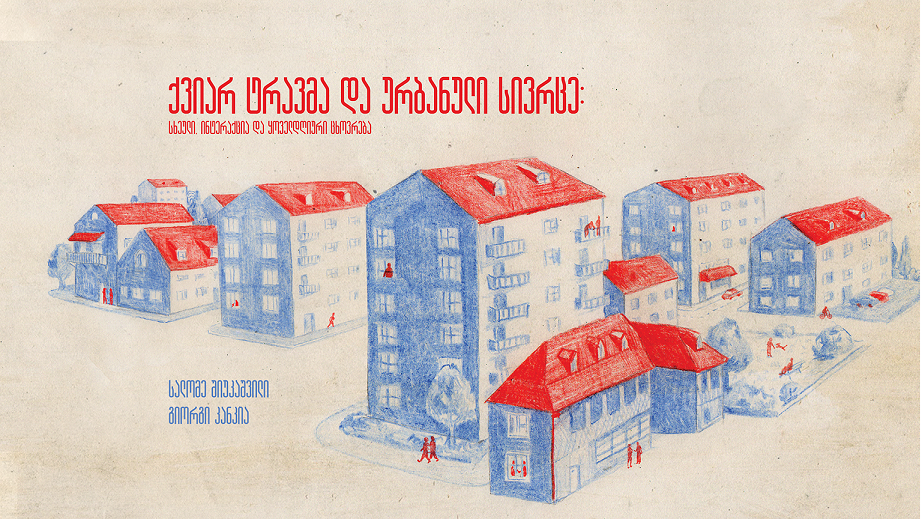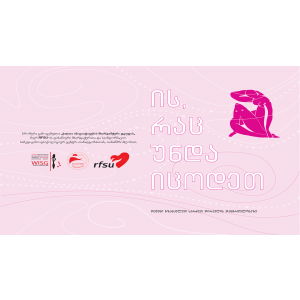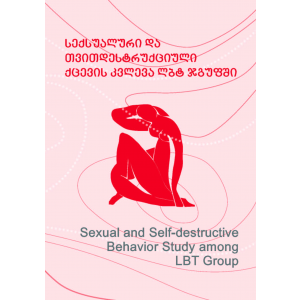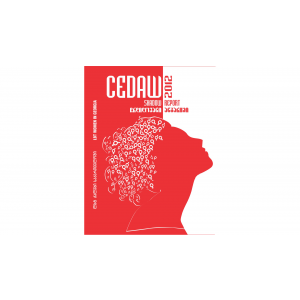In the last years, in Georgia, the discussions regarding visibility politics and feminist agenda have resurfaced following the traumatic experiences. However, there is less focus on the consequences, which different forms of activism have in the everyday lives of the community members, and the chronic nature of traumatic experiences. Interaction of queer people with the environment they have to live in, work, form and develop social relationships remains out of focus.
In this regard, it is essential to understand the impact of traumatic events the members of the queer community experienced on May 17 or July 5 and continue to experience daily. Therefore, the study relies on in-depth interviews with queer persons, and discusses their relationship with urban space and forms of interaction in the context of trauma.
The analysis revealed that this relationship is mutual. The social environment and its superstructure evoke feelings of danger and constant expectation of traumatic experiences or make queer persons victims of an actual assault. On the other hand, queer people develop and change how they look while simultaneously also impact the surrounding physical and social environment. In this regard, the study reveals the fluid, constantly changing character of queer body and its strategies when socially interacting with urban space.
Key words: trauma; urban space; queer body; everyday life; fluidity
Read or download the study:
Queer trauma and urban space: body, interaction and everyday life







